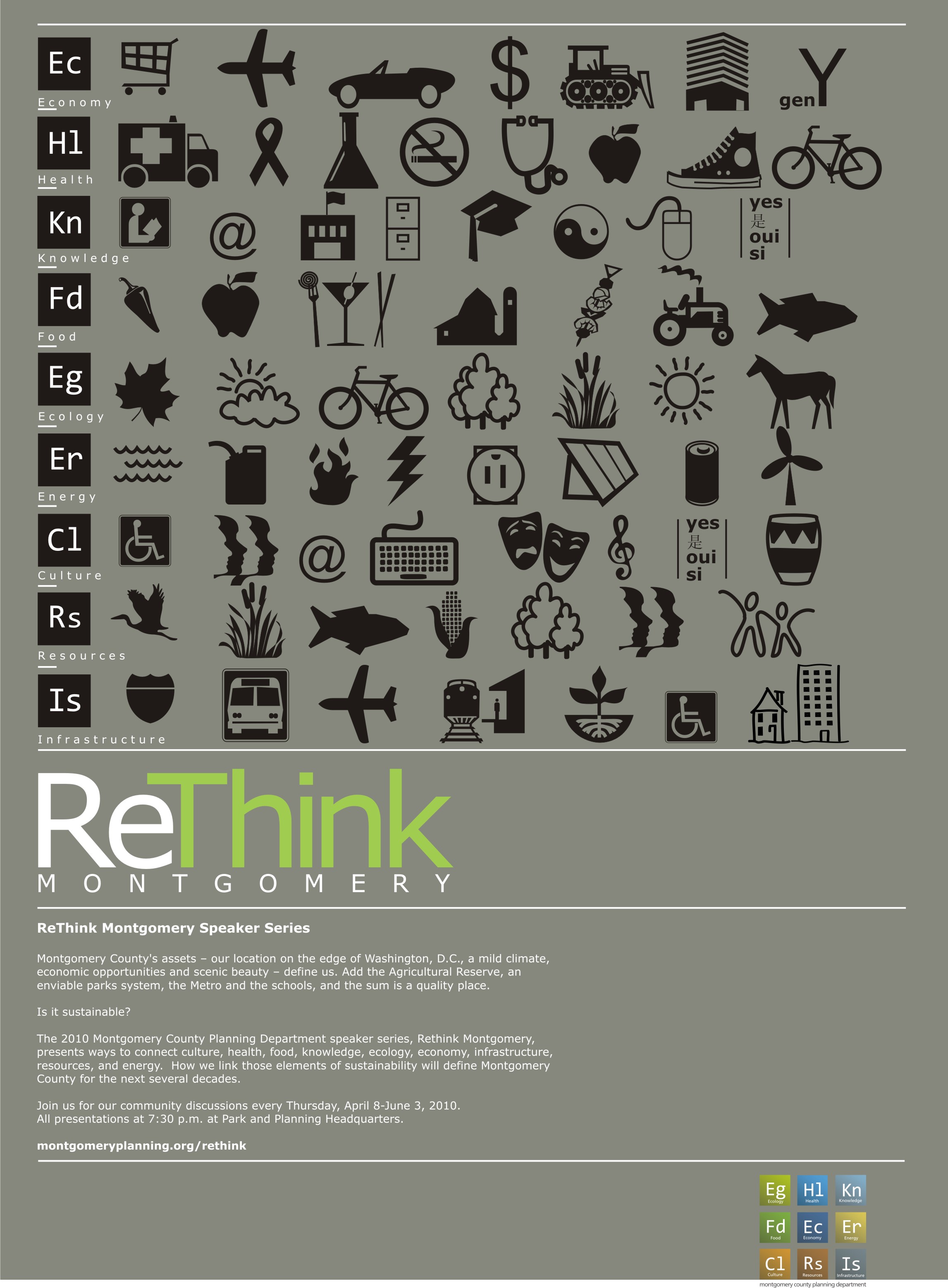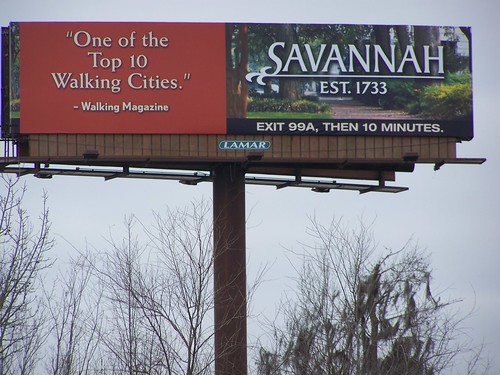Bike and pedestrian planning in the suburbs

Washcycle points to findings in two polls (Transportation for America, American Highway Users Alliance) that show that likely voters don't prioritize bicycling facilities in the context of the most desired transportation improvements:
The same thing has come up in the context of the citizen workshops that we have been holding for the Western Baltimore County Pedestrian and Bicycle Access Plan that I am the project manager for, in Baltimore County, Maryland.
Now I know that the next two meetings are likely to have far more bicycling advocates in attendance, because those meetings are in places where there are some significant bicycle facilities present (the North Central Railroad Trail in northern Baltimore County in District 3, and in District 1 the various trails of the Catonsville Rails to Trails group and in the Patapsco Valley State Park, not to mention nearby trails BWI and the Baltimore & Annapolis).
Still, I am constantly taking in and interpreting and synthesizing and reformulating the information, the interactions I encounter during the process.
What I think we will end up proposing is (1) responding to people's desires for sidewalk improvements; (2) but at the same time prioritizing the development of 1-2 off-road multi-user trails in each district; (3) as well as the development of a focused set (critical mass) of bicycle facilities improvements. Together (2) and (3) can be grown outward and can connect to other districts across the county and other jurisdictions in the region, and lay the path for the development of a more complete bicycle facilities infrastructure in Baltimore County.
It so happens that in the Rethink Montgomery speaker series, sponsored by the Montgomery County, Maryland planning department, this Thursday night, Casey Anderson and I will be speaking on the topic on promoting bicycling as transportation in the suburban context.
One of the things that I find somewhat frustrating about all the publicity these days that is being afforded to bicycle planning and infrastructure expansion is that it is focused on the cities.
In general, cities have it a lot easier than the suburbs in terms of building the foundation and facilities for bicycling--the road network, in particular a grid street network with parallel routes, and the relatively short distances between activity centers/destinations--make the job of a bike and pedestrian planner in the city much easier.
Part of the reason that the polls don't favor bicycle facilities improvements is that the typical resident--suburban or urban--isn't familiar with bicycling anymore and doesn't know many people who do it. So of course they aren't going to prioritize biking improvements as a matter of course.
The public will for doing so has to be constructed.

And we need best practices codification with regard to promoting walking and biking (and transit) in the suburban context too.
Although I argue that the learning is pretty much the same across the board, although there are some differences. A big part is soft infrastructure -- programs that support bicycling and walking and help people make the transition. It's not enough to "build it and they will come." Some people will come as infrastructure is constructed, but most people will remain comfortable with their current ways of mobility, even if they aren't optimal from a number of perspectives: cost; health; environment; community.
But, how the argument has to be constructed and put forth is different, because in the suburbs especially walking and biking is seen as something you do special, for weekend recreation, and public transit (and biking for transportation) is seen as a service of last resort for poor people, generally people of color, who can't afford to buy a car--see "Men on Bicycle" and "In the Land of Four Wheels, Immigrants Walk in Peril" from the New York Times.

(I know that this billboard is about a city. But the majority of visitors to this city are from suburbs and part of their reason for visiting is the ability to walk in a congenial and attractive setting.)
Labels: car culture and automobility, transportation planning, urban design/placemaking, urban vs. suburban



1 Comments:
Thank you for providing such valuable information and thanks for sharing this Business Promotion technique.
Post a Comment
<< Home